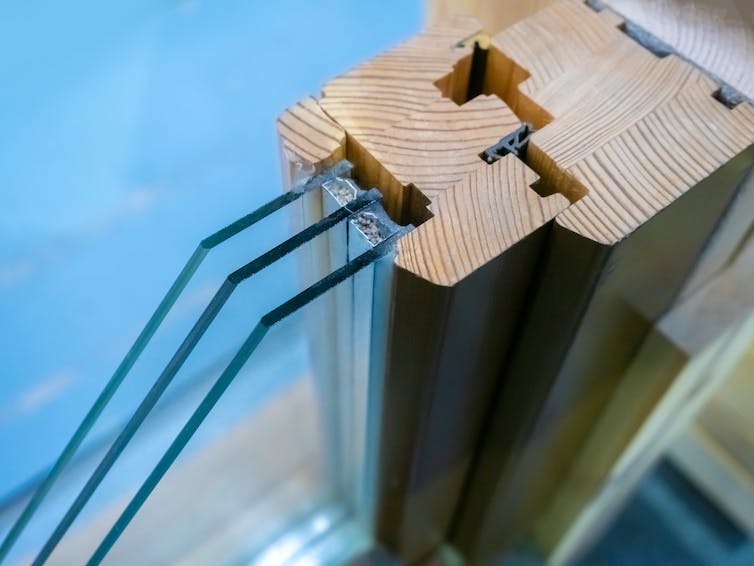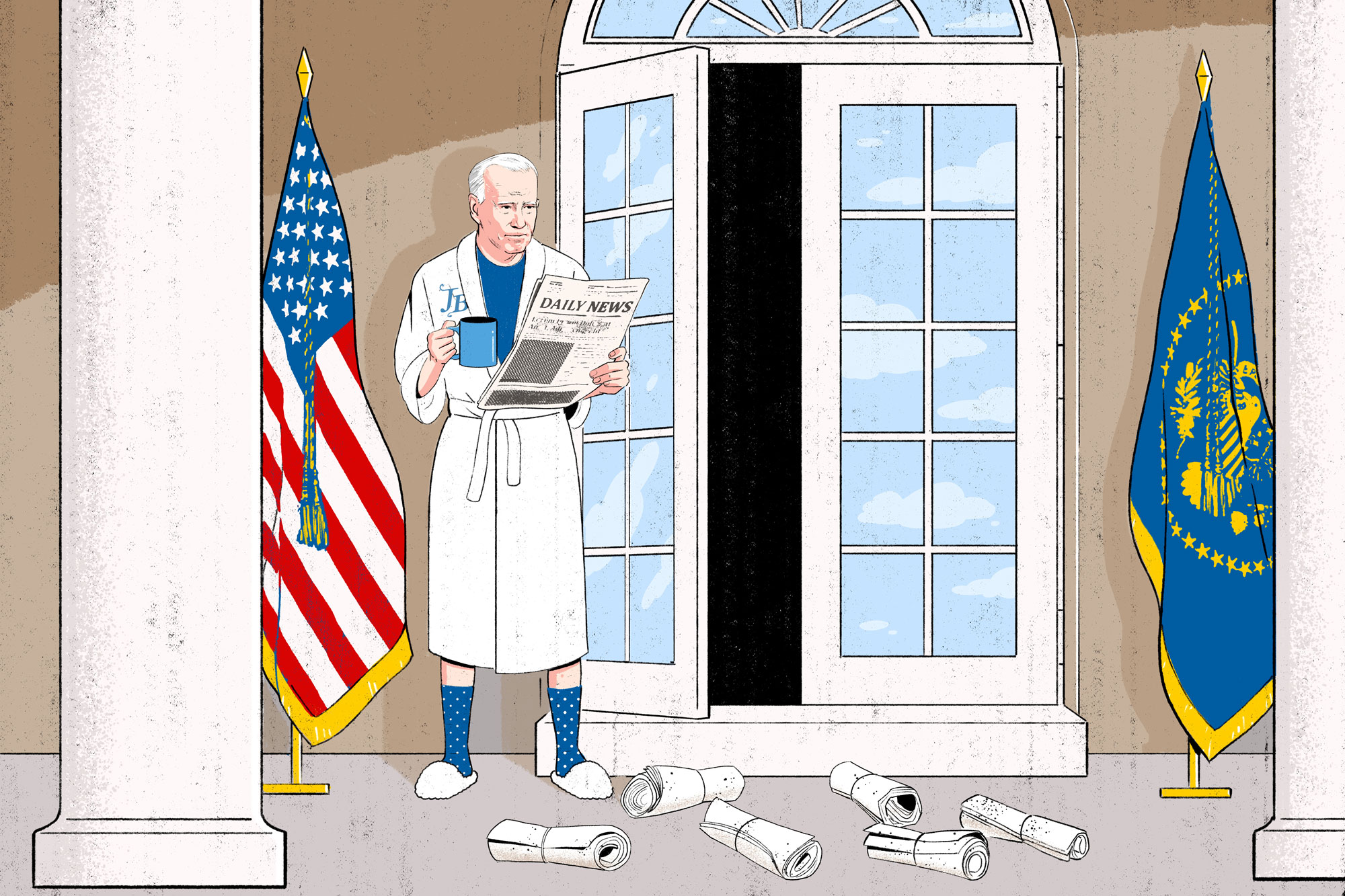Retrofitting every house in the UK to net zero standard by 2050 will require replacing all gas boilers, mostly with heat pumps. The target rate is 600,000 a year by 2028 – but in 2022, fewer than 60,000 heat pumps were installed.
As the government prevaricates over asking manufacturers to make more heat pumps, debate rages over whether they are a wise replacement. A recent article in The Times, for example, claimed that heat pumps do not work in cold Scottish winters.
In fact, heat pumps have been tried and tested around the world. Apprehension about them in the UK is down to the fact that most people are unfamiliar with them.
Heat pumps use the same technology as refrigerators, which has been around for over 200 years. They provide heating to six out of every ten homes in Norway, a country with a cold climate similar to northern parts of the UK.
The reason heat pumps are so popular there is that they convert one unit of electricity into two-or-more units of heat. So, if the electricity is generated by renewable sources such as wind, the whole operation is carbon-neutral.
Just like a fridge sucks heat from its interior and dissipates it through coils on its back, a heat pump sucks heat from the outside air and transfers it to the water that gets pumped through the radiators of a central heating system.
This technology is incredibly flexible. The external heat source can also be the ground or water, which is more efficient than taking heat from the air. The heat can be transferred direct to the air inside a building if it has ducted heating (more typical in a shop or office), and many heat pumps can also work in reverse, cooling as well as heating.
Heat pumps are, however, much more complex than gas boilers – burning fossil fuels is primitive by comparison. Modern heat pumps use advanced technology to ensure they perform optimally. So, if the conditions for an installation are not thoroughly assessed, a heat pump may underperform, and that is where the UK’s inexperience with heat pumps could pose a problem.
Will it work in cold weather?
While the technology will not work as efficiently in colder weather, heat pumps will always generate more heat energy than the amount of electricity they consume.
The part of the heat pump that draws heat from the air outside can ice up when temperatures fall below freezing, but manufacturers include heating elements and defrost cycles to manage that.
Ground- and water-source heat pumps don’t suffer from either of these problems, as temperatures underground or in lakes and rivers are more stable year-round.
If a heat pump doesn’t perform effectively in cold weather, chances are the unit was incorrectly specified for the location. But Chris Carus from Loco Home Retrofit in Glasgow notes that variation in how efficiently heat pumps operate is undermining trust in the technology.
“This variation is often due to oversizing of the heat pump and/or undersizing of the heat emitters and pipework,” Carus said. “The likely cause is that some installers avoid the rigour of pipework and radiator upgrades in order to secure a sale … [There may be] greater fear of complaints about poor comfort than poor efficiency.”
Is my house ready for one?
Heat pumps are typically designed to provide water at a lower temperature than gas boilers – the water being pumped around radiators will be between 35 and 45°C, rather than 60-75°C. If your house is fitted with a boiler, the radiators will have been designed to work with higher-temperature water, potentially including very narrow (as wide as a pencil) pipes. So, it may not be possible to pump enough low-temperature water through the system to keep the house really warm.
The easy solution is to install a high-temperature heat pump, which is slightly less efficient than the more common low-temperature unit. Or, if the house is being refurbished, the pipes and radiators can be enlarged.
Better still, if the house is retrofitted with more insulation and made more air-tight – with double- or triple-glazed windows, for example – the overall demand for heating will fall significantly, meaning fewer radiators are needed.
Fotogrin/Shutterstock
What’s holding low-carbon heating back?
This is the nub of the problem: heat pumps are not a solution in isolation. Rather, they ought to belong to a broader campaign for making buildings more energy efficient.
Recent years have shown that simply pumping more energy into homes to make them liveable exposes people to sudden rises in the costs of gas and electricity. Government policies are beginning to target energy efficiency to help homes use less energy.
There will be houses where heat pumps are not viable, and alternatives such as district heating networks, which pump hot water from a central source to several different apartments or buildings, will be more appropriate.
In the Times article, Lord Haughey is quoted as saying that direct electric heating systems would be more appropriate, as they are simpler to install and require less maintenance than heat pumps. But they will use much more electricity, and therefore cost more to run.
Gas is cheaper in the UK than most developed countries, but electricity is very expensive by comparison. Per kilowatt-hour, electricity costs four times more than gas in the UK, effectively cancelling out the efficiency advantages of heat pumps and ensuring they run at about the same cost as a gas boiler, even though they can use up to four times less energy.
As part of a broader response to climate change, heat pumps are the best option for home heating for a large part of the UK population. Instead of constantly pointing out their problems, which are legitimate but inevitable with any technology, we should recognise their many advantages and make sure they are installed properly.
If the UK decarbonises its electricity grid and rebalances the costs of gas and electricity, heat pumps will not only help the country reach net zero. They will reduce household bills, improve air quality, and protect people from energy supply shocks.



